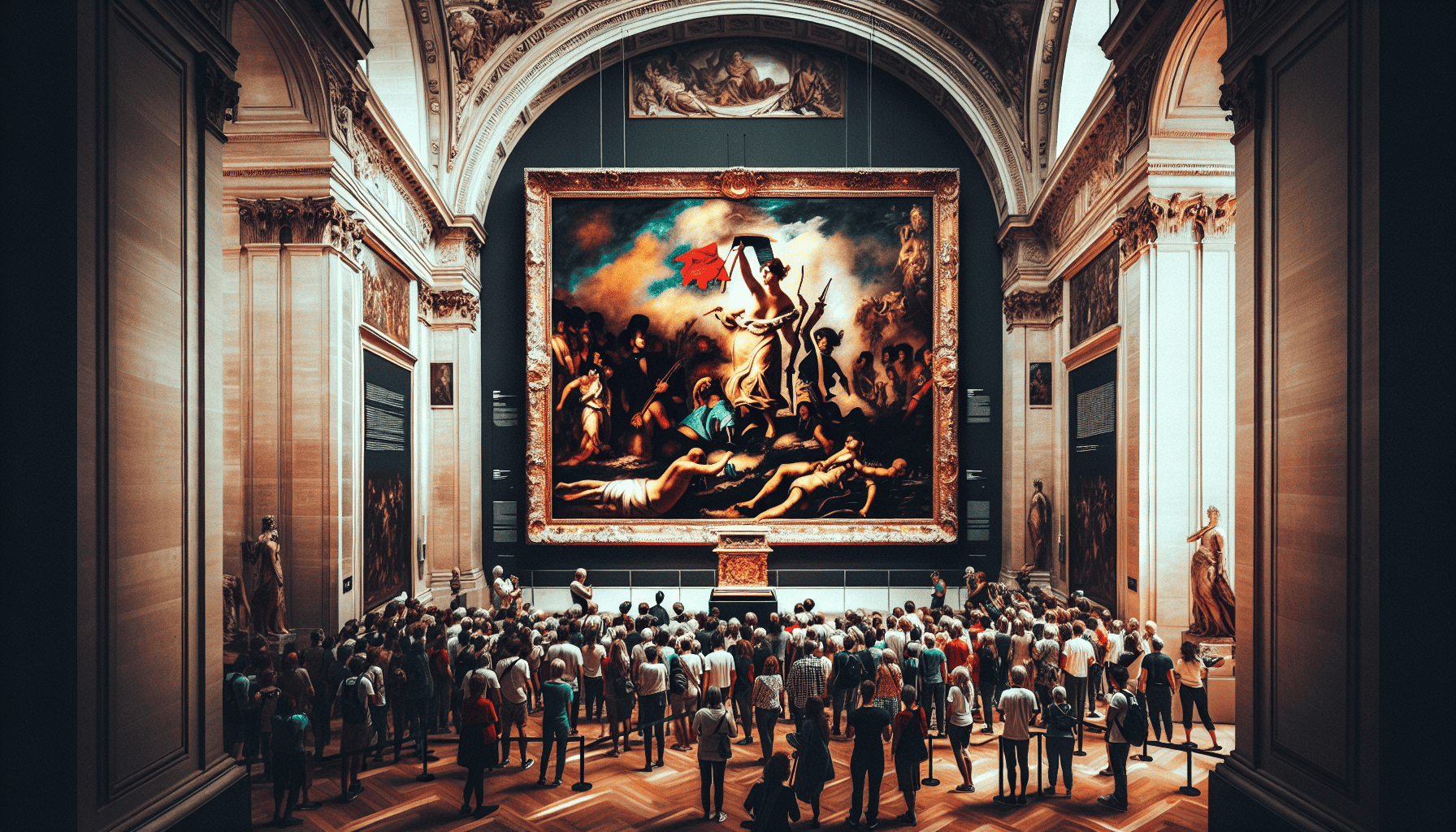If you're planning a trip to Paris, a visit to the Louvre is likely high on your list. As one of the most famous museums in the world, the Louvre houses an extensive collection of art and historical artifacts that span thousands of years. However, with over 35,000 works on display, it can be overwhelming to decide what to see. To help you make the most of your visit, we’ve put together a guide on the top pieces and exhibits you shouldn't miss.
Mona Lisa
No trip to the Louvre would be complete without seeing Leonardo da Vinci's masterpiece, the Mona Lisa. This enigmatic portrait, known for its captivating smile and mysterious subject, draws millions of visitors every year. To get a good view, it's best to arrive early in the morning or late in the afternoon when the crowds are thinner.
The Winged Victory of Samothrace
Perched gracefully upon a marble staircase, the Winged Victory of Samothrace is a stunning statue that dates back to the 2nd century BC. This Hellenistic sculpture depicts the Greek goddess Nike and is celebrated for its dynamic movement and intricate detailing. Located at the Daru staircase, the statue gives an air of triumph and grace that is sure to leave you in awe.
Venus de Milo
Another iconic sculpture that you shouldn't miss is the Venus de Milo. Discovered on the island of Milos, this ancient Greek statue is believed to represent Aphrodite, the goddess of love and beauty. Despite its missing arms, the statue's exquisite form continues to captivate viewers with its elegance and balance.
The Raft of the Medusa
Théodore Géricault's The Raft of the Medusa is a powerful and haunting painting that captures a tragic shipwreck. This Romantic-era masterpiece depicts the dramatic moments of the ship's survivors clinging to life on a makeshift raft. The emotive detail and intense realism of this painting make it a poignant and unforgettable experience.
Liberty Leading the People
Eugène Delacroix's Liberty Leading the People is another must-see work. This painting commemorates the July Revolution of 1830 in France, showing a fierce, bare-breasted Lady Liberty leading a diverse group of revolutionaries. The powerful imagery and rich symbolism embody the spirit of revolution and freedom, making it a timeless inspiration.
Code of Hammurabi
One of the oldest and most significant legal documents in the world, the Code of Hammurabi is an important piece of history. This ancient Babylonian code of law is inscribed on a basalt stele and dates back to about 1754 BC. It provides fascinating insights into the legal system and societal norms of ancient Mesopotamia.
The Coronation of Napoleon
Jean-Auguste-Dominique Ingres' grand painting, The Coronation of Napoleon, depicts the pomp and grandeur of Napoleon Bonaparte's coronation as Emperor of the French. This massive painting is located in the Apollo Gallery and is notable for its historical accuracy, detailed portraits, and rich symbolism.
The Galerie d'Apollon
For those interested in exquisite architecture and decorative arts, the Galerie d’Apollon is a must-see. This gallery is renowned for its opulent ceilings and grand décor, featuring works by Charles Le Brun and other prominent artists. Originally designed in the 17th century, the gallery showcases the grandeur of French Baroque architecture and is often compared to the Hall of Mirrors at Versailles.
The Egyptian Antiquities
The Egyptian Antiquities section offers an expansive collection of artifacts from ancient Egypt. Highlights include the Great Sphinx of Tanis, the Dendera Zodiac, and a myriad of mummies, sarcophagi, and everyday objects. This section provides a deep dive into the life, customs, and beliefs of ancient Egyptian civilization.
The Michelangelo Gallery
Lastly, don’t miss the Michelangelo Gallery, which houses an impressive collection of Renaissance sculptures. Michelangelo's Dying Slave and Rebellious Slave are among the key highlights in this gallery, offering a glimpse into the artist’s unparalleled skill and emotional depth.
Tips for Visiting
-
Plan Ahead: The Louvre is vast, and it’s easy to get overwhelmed. Map out the key pieces you want to see and plan your route accordingly.
-
Go Early or Late: To avoid the largest crowds, visit early in the morning or late in the afternoon. The museum is open until 9:45 PM on Wednesdays and Fridays, which can provide a quieter experience.
-
Take Breaks: There are several cafés and resting areas throughout the museum. Take breaks to avoid fatigue and allow yourself time to absorb the art.
-
Use an Audio Guide: The Louvre offers audio guides in multiple languages, which can enrich your experience and provide valuable context for the pieces you’re viewing.
-
Wear Comfortable Shoes: With so much ground to cover, comfortable footwear is essential.
By focusing on these highlights and following a few simple strategies, you can make your visit to the Louvre both manageable and unforgettable. Happy exploring!
